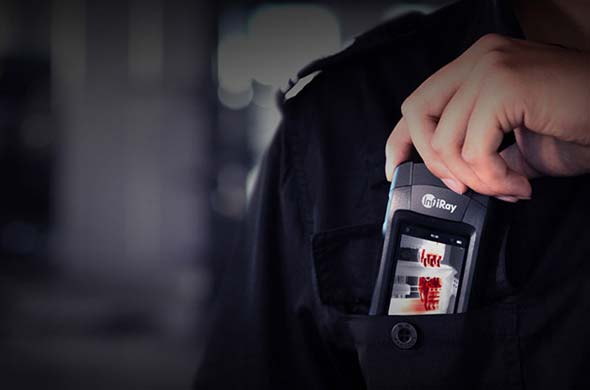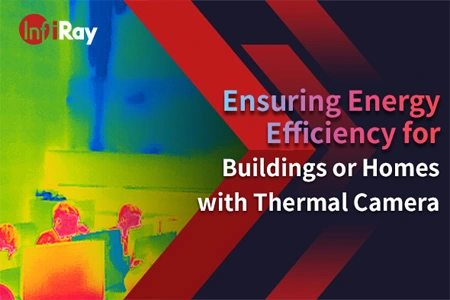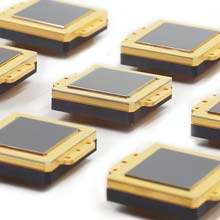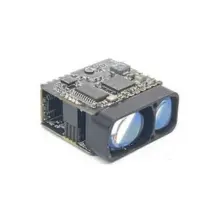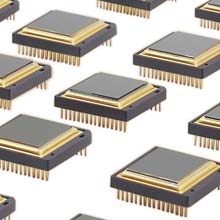5 Specs You Should Know Before Buying a Thermal Camera
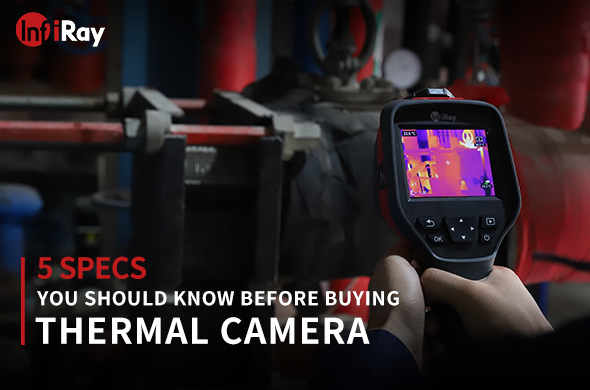
Thermal imaging technology has become a valuable tool across various industries, offering insights and solutions for numerous applications. Whether it's for building inspections, electrical maintenance, or even wildlife observation, investing in the right thermal camera is essential. To ensure you make an informed decision, this article highlights five crucial specifications you should consider before purchasing a thermal camera. By understanding thermal resolution, temperature range, accuracy, integration and compatibility, you'll be better equipped to select a thermal camera that meets your specific needs and maximizes its potential.
1. Thermal Resolution
One of the fundamental specifications to consider when buying a thermal camera is resolution. Thermal resolution refers to the number of pixels used to capture a thermal image and directly impacts the level of detail and clarity in the resulting image. A higher resolution translates to more accurate thermal data. For applications that require fine details, such as detecting small temperature variations in electrical components or identifying anomalies in building insulation, a higher thermal resolution is crucial.

Image quality of different thermal resolutions
2. Temperature Range
Understanding the temperature range capabilities of a thermal camera is vital to ensure it aligns with your intended use. Temperature range specifications typically indicate the minimum and maximum temperatures the camera can measure accurately. Consider the temperature extremes you expect to encounter in your application. For example, if you're conducting industrial inspections where extreme temperatures are present, a camera with a wider temperature range is essential. On the other hand, if your application involves more moderate temperature ranges, a narrower range may suffice, allowing for greater accuracy within that specific range.

3. Accuracy
The accuracy of a thermal camera determines the reliability and precision of the temperature measurements it provides. Factors such as calibration, environmental conditions, and the camera's internal components influence accuracy. When evaluating accuracy specifications, consider the camera's stated margin of error and how it aligns with your specific requirements. Look for cameras that adhere to industry standards and have undergone rigorous testing here. Additionally, it's essential to understand the camera's measurement parameters, such as emissivity settings and ambient temperature compensation, as they can affect accuracy in different scenarios.

InfiRay AI-Temp Technology integrated into the thermal camera provides high-accuracy temperature measurement and intelligent analysis.
4. NETD (Noise Equivalent Temperature Difference)
NETD is a crucial specification that measures the camera's sensitivity to detect temperature differences. It quantifies the minimum temperature difference the camera can distinguish. A lower NETD value indicates higher sensitivity and better performance, enabling the camera to detect smaller temperature variations with greater accuracy. A camera with a lower NETD is particularly valuable when working with low-contrast scenes or when precise temperature measurements are critical, such as in medical applications or research and development. Consider the NETD value alongside other specifications to ensure the camera meets your specific requirements.

Imaging effect of different NETD
5. Integration and Compatibility
To maximize the utility of your thermal camera, integration and compatibility play significant roles. Consider the data analysis capabilities of the camera, including software options for image processing and reporting. Compatibility with existing systems and workflows is essential, ensuring seamless integration without requiring significant changes to your processes. Explore connectivity options such as USB, Wi-Fi, or Bluetooth, allowing for easy data transfer and control. Additionally, features like image and video recording enable documentation of findings and aid in post-analysis or sharing with colleagues and clients. Find Integration and Compatibility Thermal Module Here.
We can see selecting the right thermal camera involves evaluating several essential specifications. Thermal resolution determines the level of detail in captured images, while the temperature range ensures accurate temperature measurements within specific limits. Accuracy and NETD play crucial roles in the reliability and precision of the camera's temperature readings. Lastly, integration and compatibility features enhance the camera's functionality and ease of use, allowing for seamless integration into existing workflows. By understanding these five specifications and their significance, you can confidently choose a thermal camera that suits your specific industry and application needs. Remember to prioritize your requirements, conduct thorough research, and consider the long-term value and return on investment the camera offers.

 français
français  Deutsch
Deutsch  Español
Español  italiano
italiano  русский
русский  português
português  العربية
العربية  日本語
日本語  한국어
한국어  magyar
magyar 






